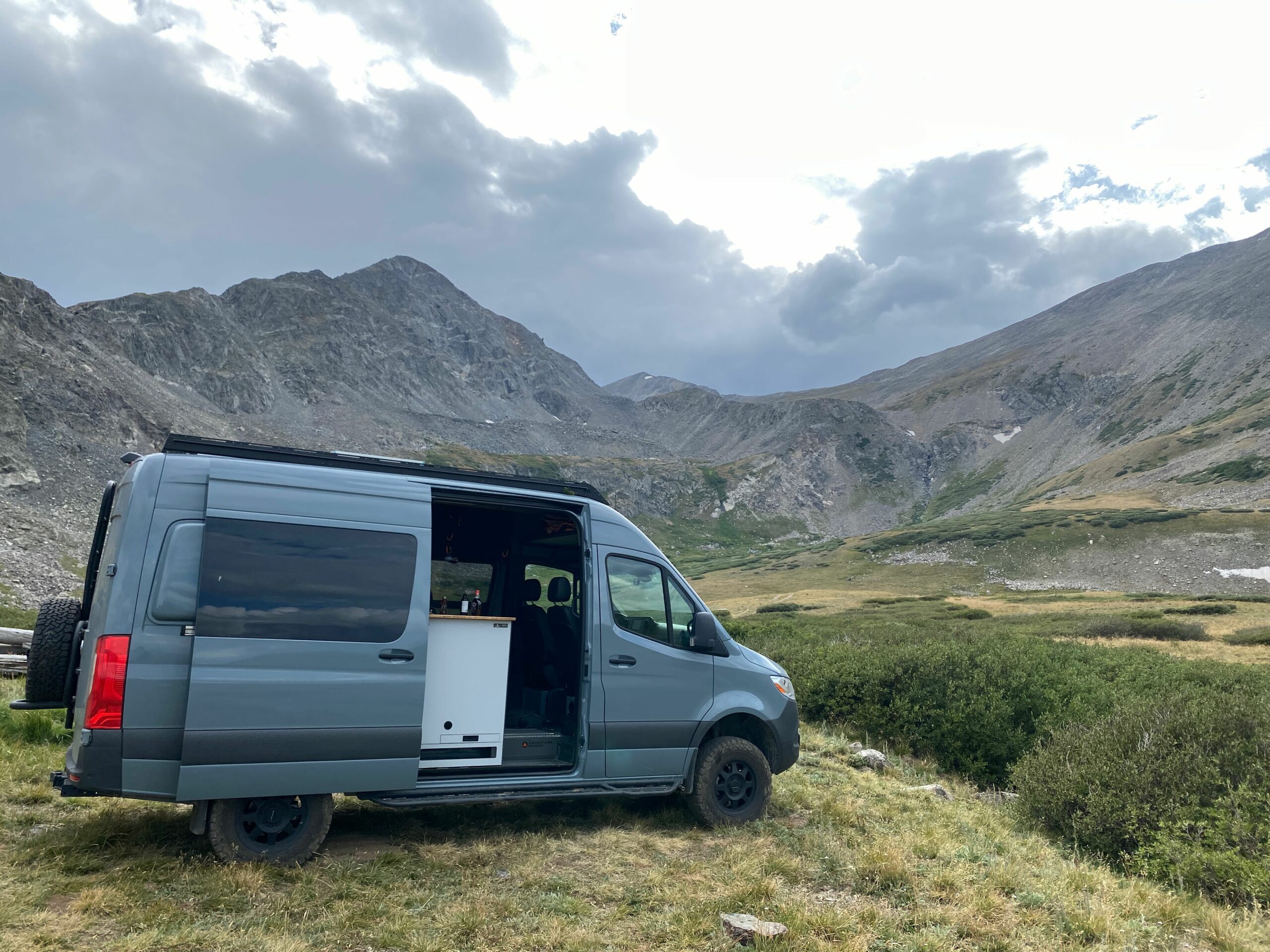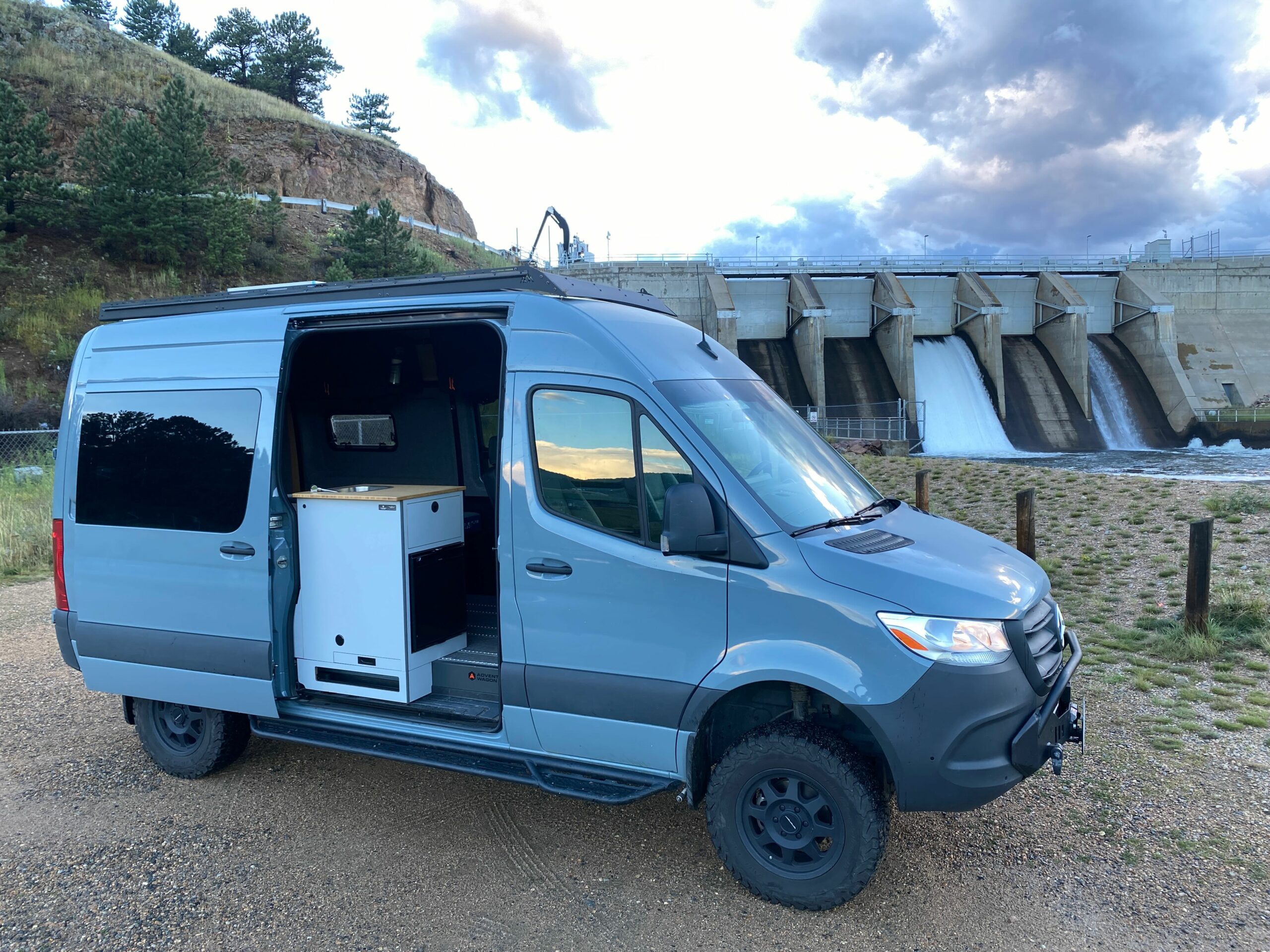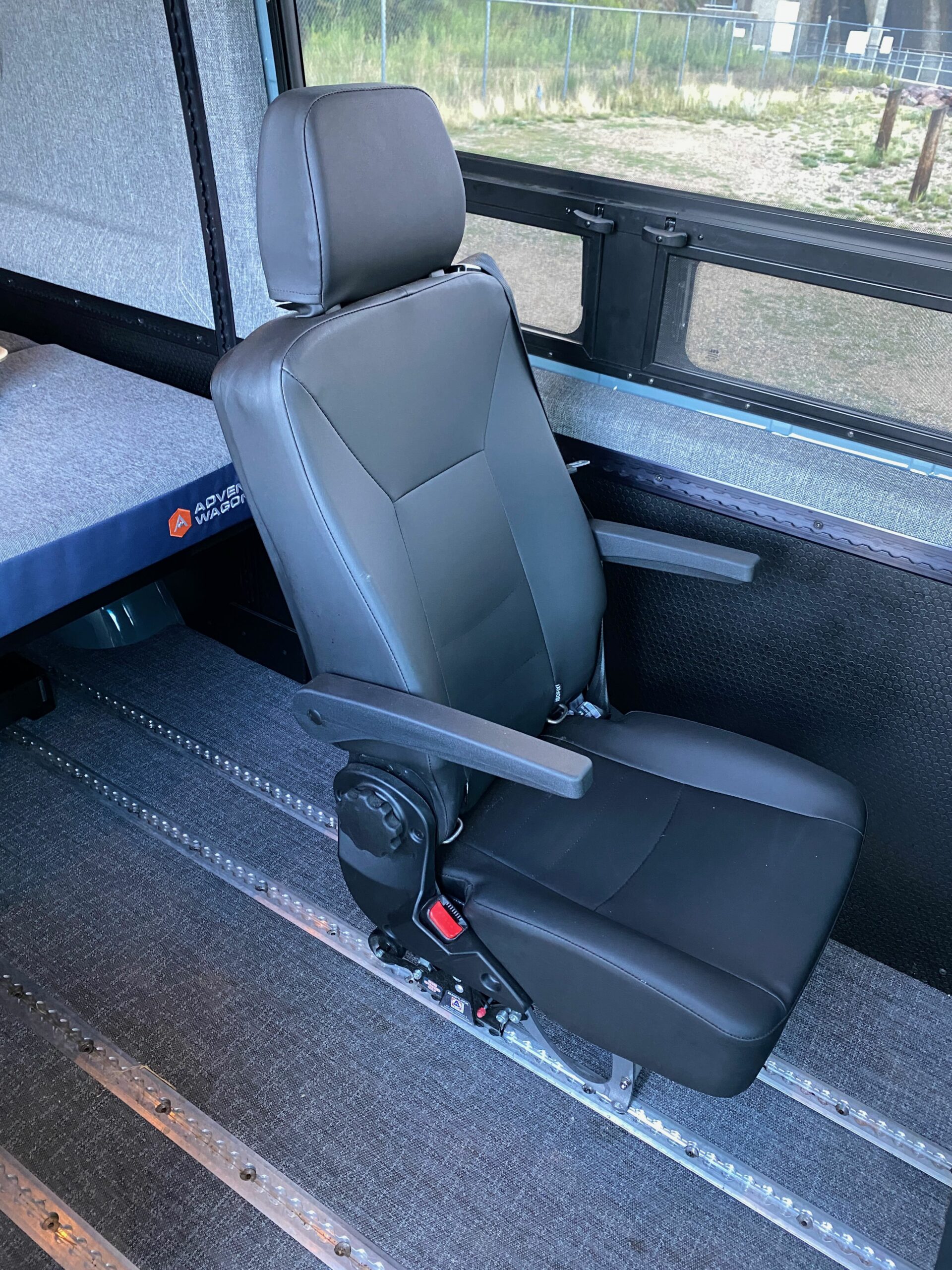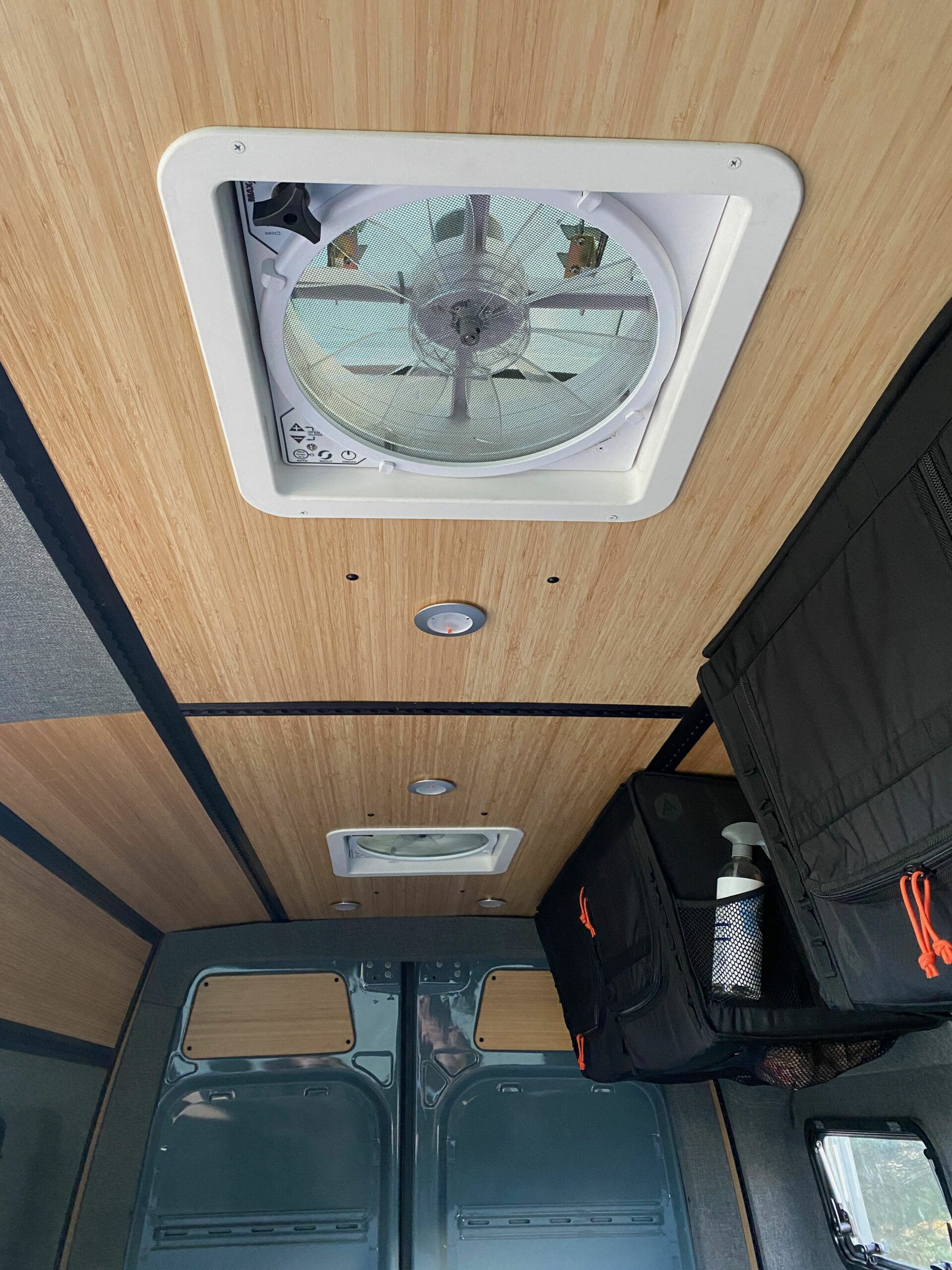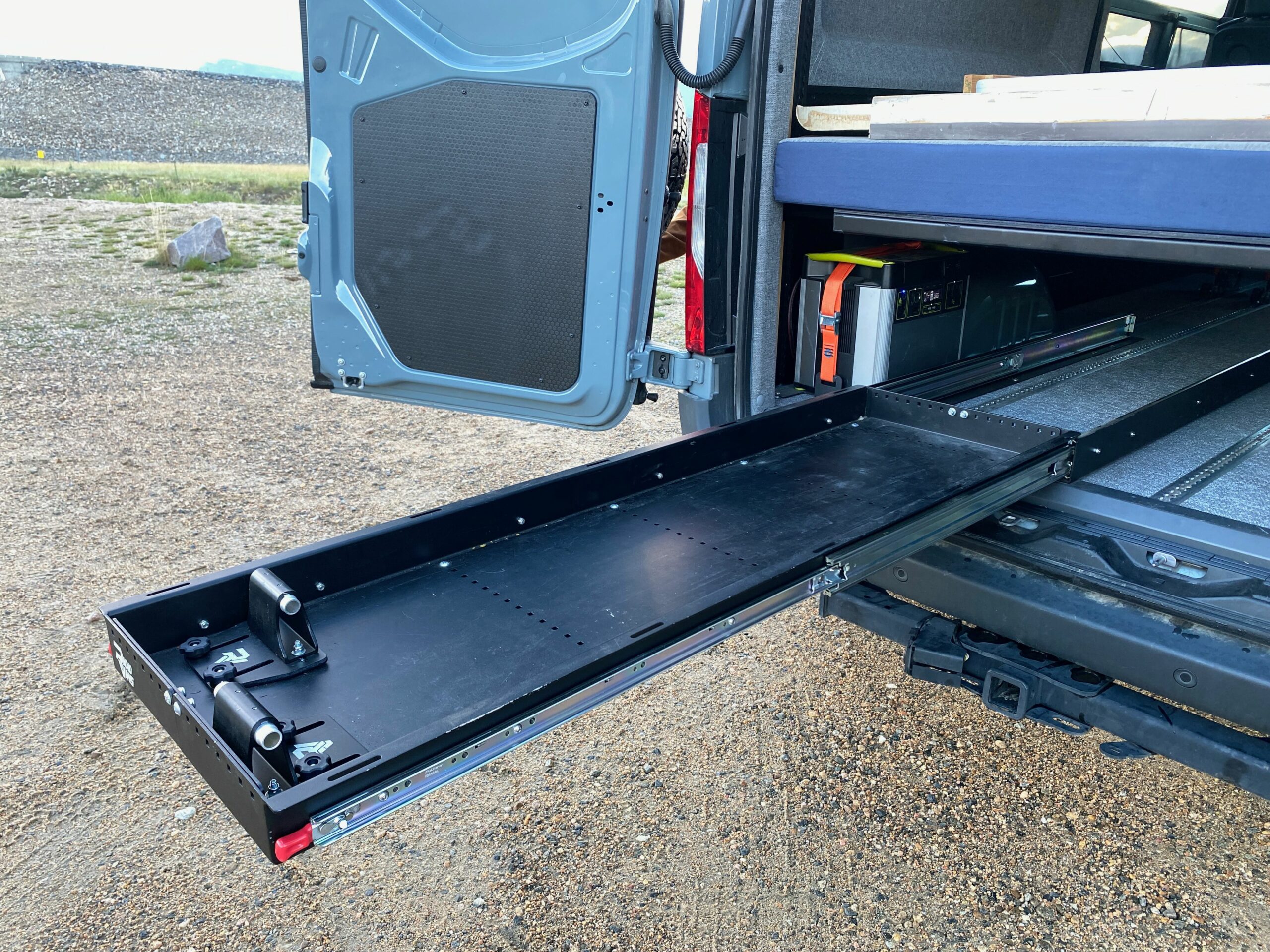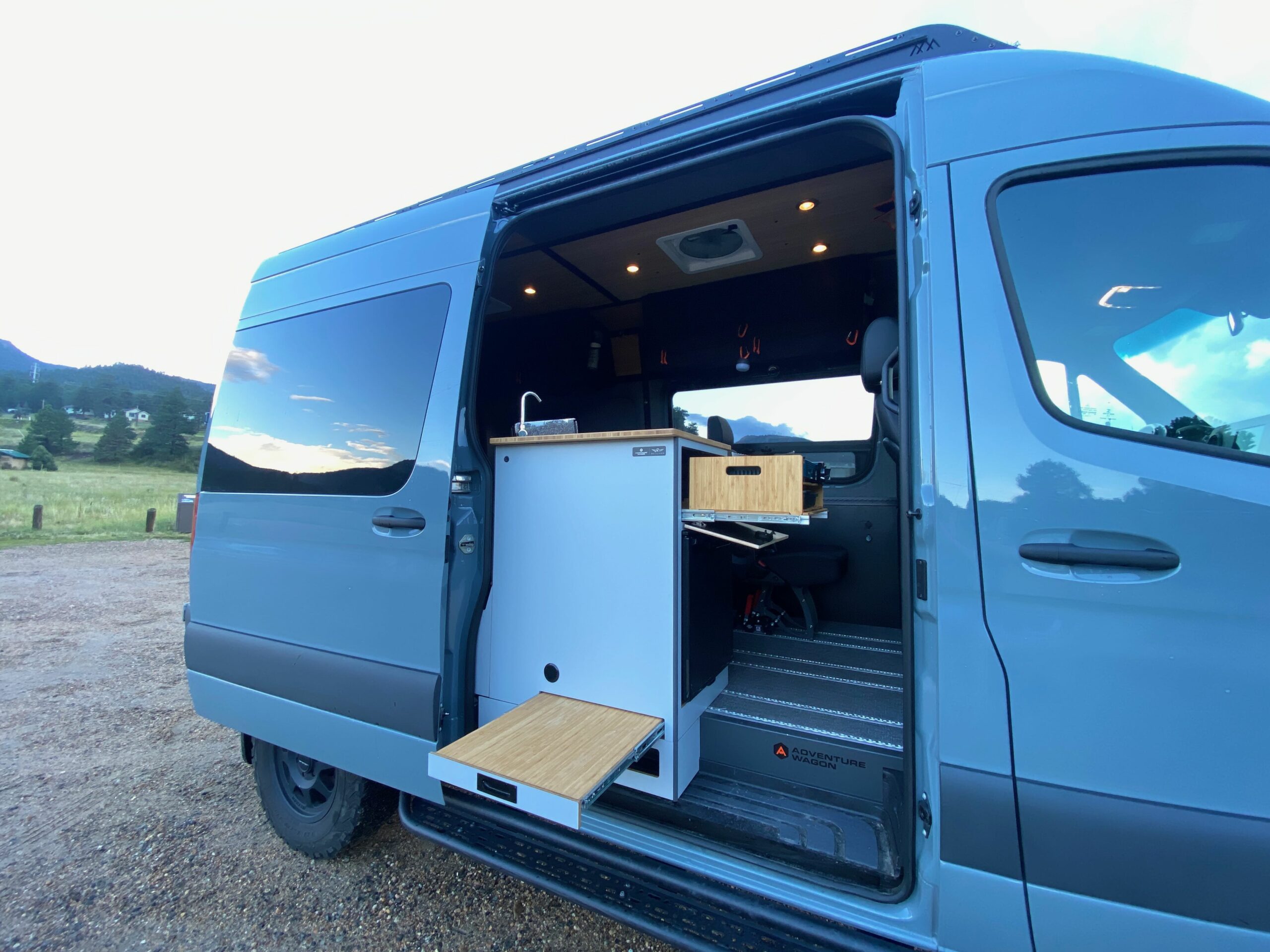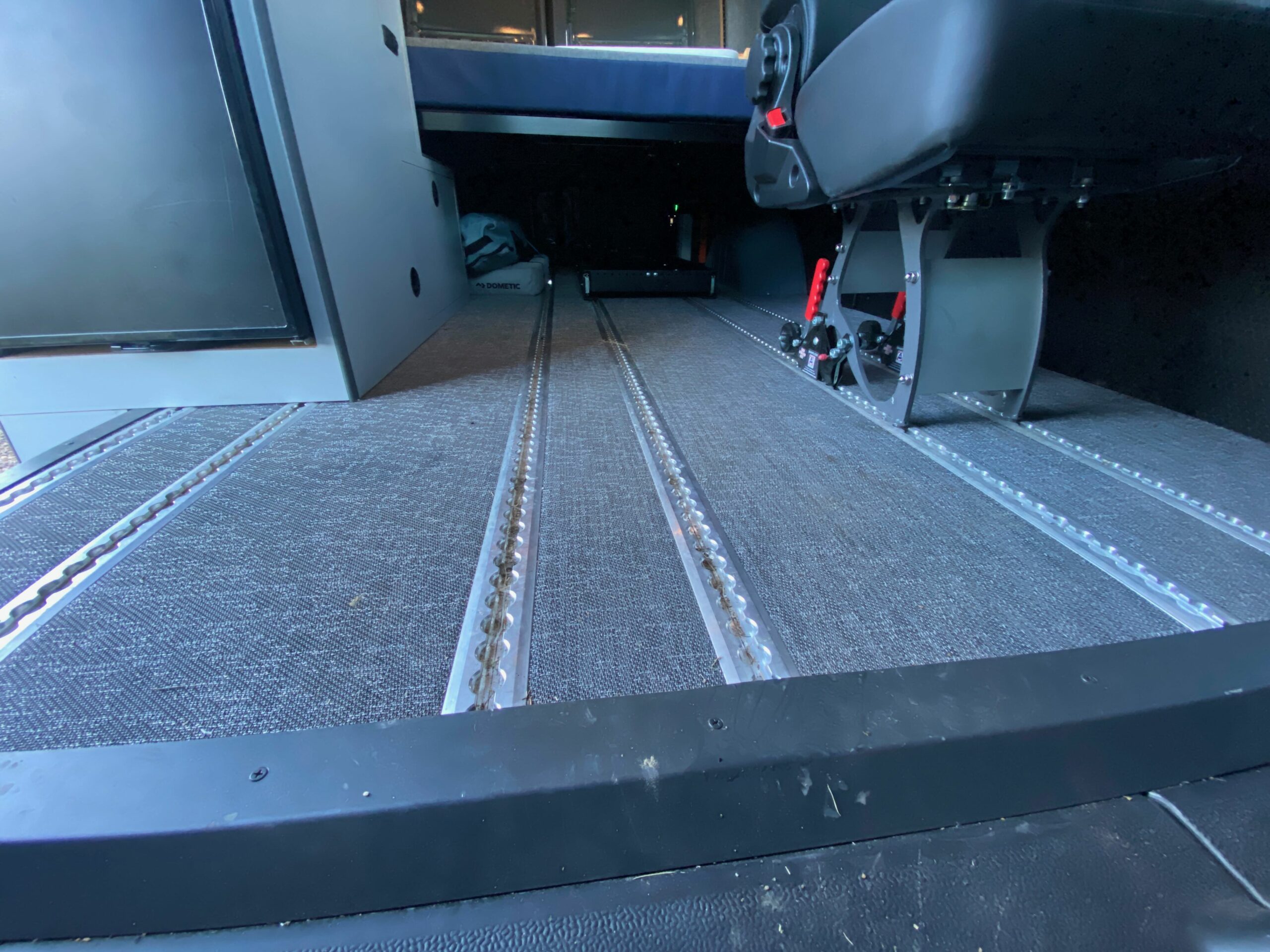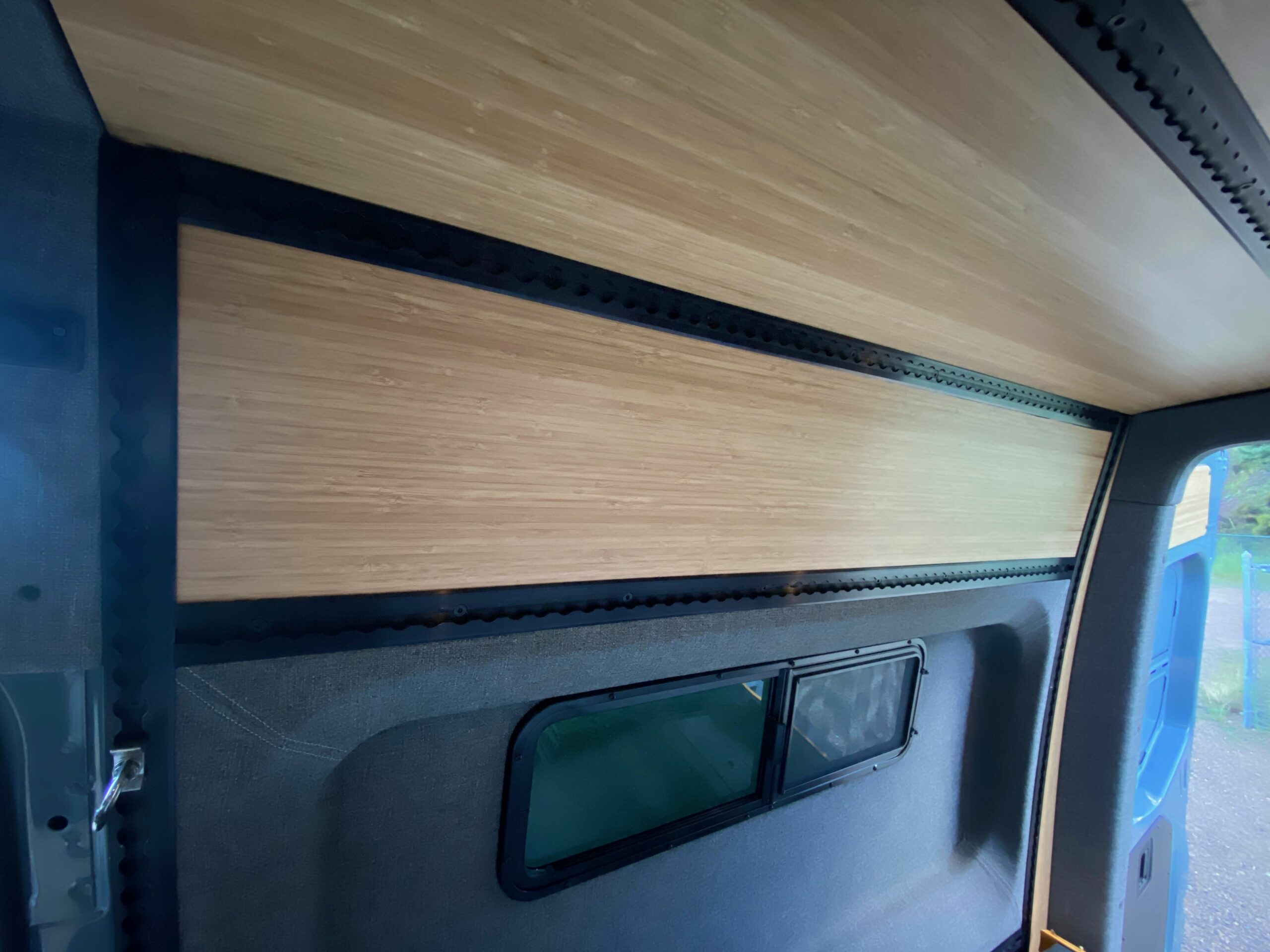Call me a van virgin.
The van revolution has been a huge part of the overland world for quite a while now, but for my own part, I have kept it at arm’s length. Having cut my teeth on old Jeeps, stinky Land Rovers, and rooftop tents, vans have always been more of a curiosity than anything. Toss in the #vanlife movement of the last five years or so, and it’s just not a segment I’ve personally identified with very closely. I’ve seen a lot of van builds both online and in person, many of which are very impressive. But I haven’t spent much time behind the wheel of one until I recently had the chance to grab the keys to an Adventure Wagon 2023 Mercedes-Benz Sprinter AWD.
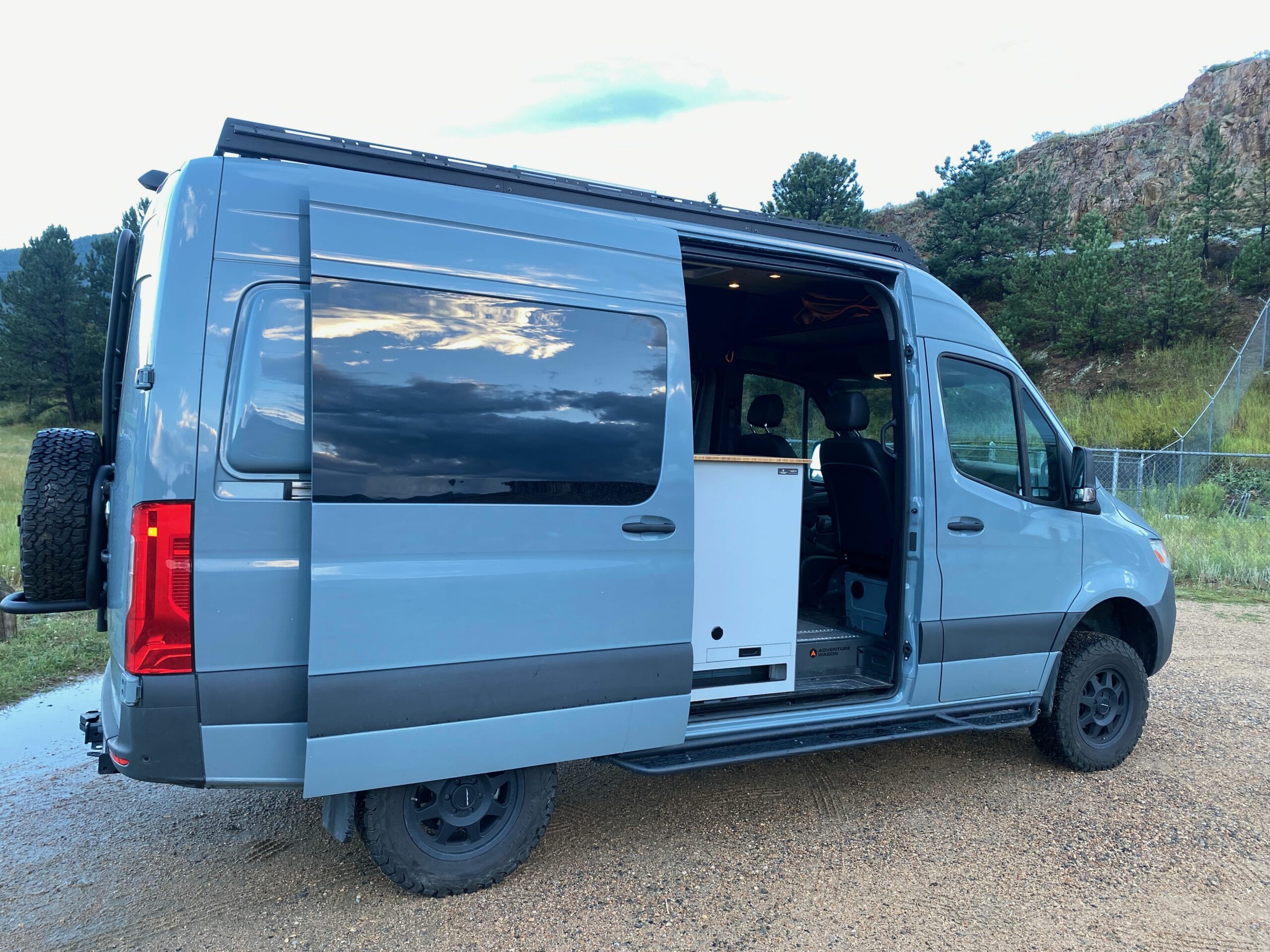
I’ll save more detailed impressions of the Merc’s driving dynamics and off-road capabilities for a future article and focus here instead on what Adventure Wagon did to turn the big grey rectangle into a mobile habitat. AW is playing in a crowded field, with hundreds of van upfitters hanging shingles in all 50 states, all with just as many individual approaches to creating a high-rolling home on wheels. The Oregon-based company has taken a modular tack to its interior design that is both friendly to DIY enthusiasts and to folks who just want to show up and drive. Adventure Wagon claims to have over 2,500 vans on the road today, which is an impressive number by any measure.
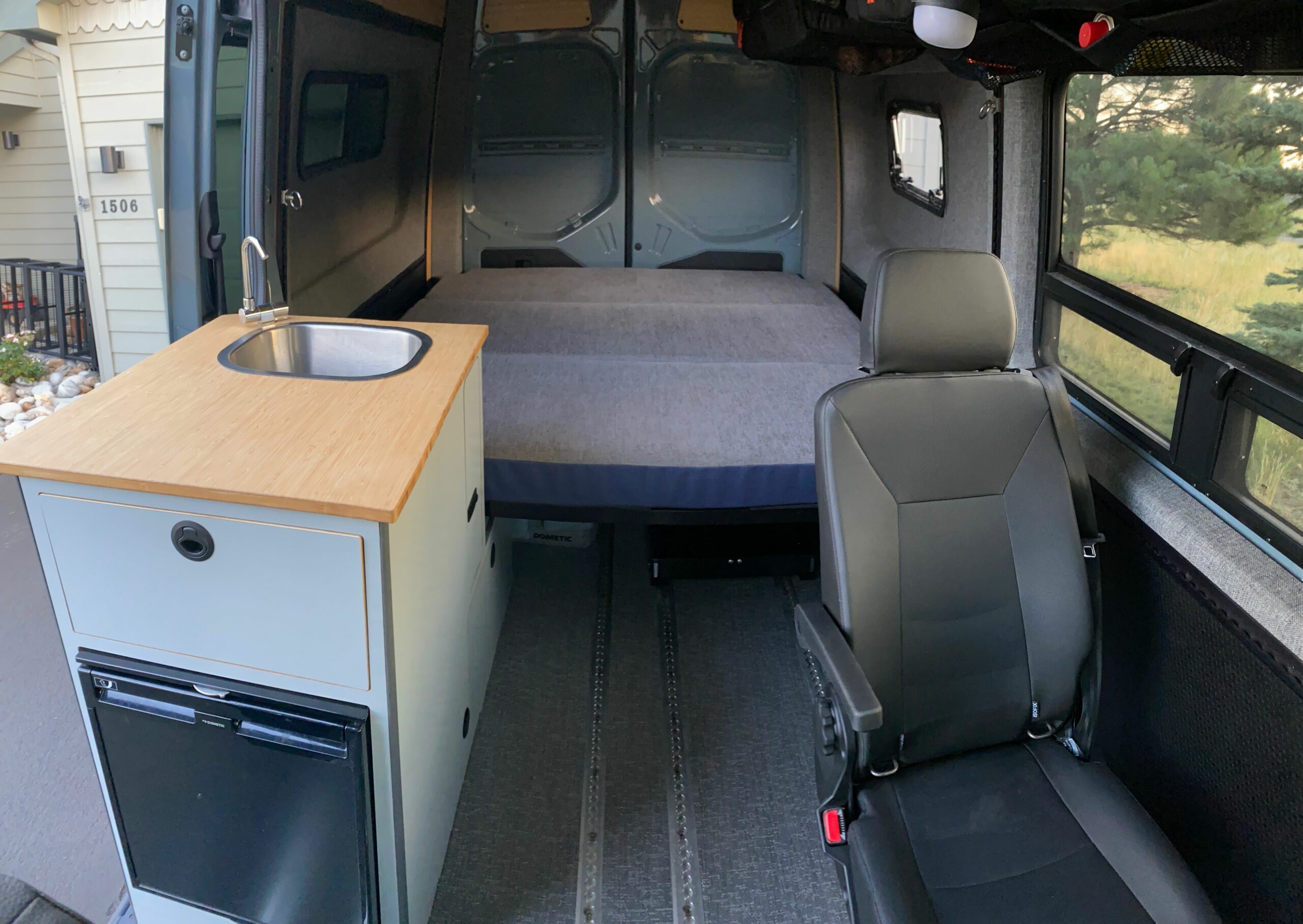
On the sliding installation scale, Adventure Wagon will build your van at their factory location in Portland, Oregon (in only five days) or at one of their many independent installation partners from Calgary to Jacksonville, Florida. They will also sell you most of the components you want for your home-build, save for their NHTSA-rated flooring and seat mounts. To guarantee crashworthiness, those are required to be bolted in by a certified installation center. Otherwise, the sky is the limit—or at least the roof of your Sprinter. Let’s not leave the Ford Transit out of the equation either, as Adventure Wagon has developed its range of interior fittings to cater to the Blue Oval’s box as well. For the more ambitious among us, they have a large library of how-to videos on the Adventure Wagon YouTube channel for DIY installs.
I lived with the Adventure Wagon Sprinter for a week during a Colorado August and used it both to commute about 35 miles back and forth from Estes Park to Loveland during the Mountain West edition of Overland Expo, as well as a couple of short sorties into the mountains. There is something appealing, I will admit, about lifting an armrest and sliding from the driver’s seat straight into the van’s expansive, standing-room living space without a thought. This particular Mercedes featured Adventure Wagon’s (extremely comfortable) Moab bed, their Mule Bag storage system, a second-row removable passenger seat, a sliding storage drawer, and a prototype kitchenette.

Two things stood out about this build. First, the fit and finish of the materials, particularly the Marathon Tweed fabric that covered the walls and parts of the ceiling, are first-rate. It has a premium feel and seems like it will gamely resist the regular wear and tear of daily camping life for a long time. Ditto for the flooring and the optional bamboo ceiling inserts, which also add a touch of brightness and Scandinavian-inspired design to the habitat. Second, the modularity of the components makes configuring the interior for multiple scenarios a snap. Adventure Wagon promotes the idea that your van shouldn’t be single-use—it’s a van, after all, it should be able to do lots of van things besides going on epic adventures.
The L-track mounting rails on the floor, the ceiling, and the walls accept snug-fitting fasteners for all the modules, and every single one of them can be installed and removed with a 14mm (or 9/16-inch) socket. I withdrew the nearly king-size sleeping platform in about five minutes, so I could open up space to help my parents empty out a shed. The soft-sided Mule Bag storage compartments shrugged off a bonk from a big bed frame that would have left the finish on hard cabinetry chipped or worse. Those nylon fabric cubes also eliminate sharp angles and edges on which taller folks might hit their heads. Adventure Wagon claims they hold up to 175 pounds, too, without losing their shape. The optional second-row seating can be removed entirely or slid into various positions and locked down along the floor tracks.
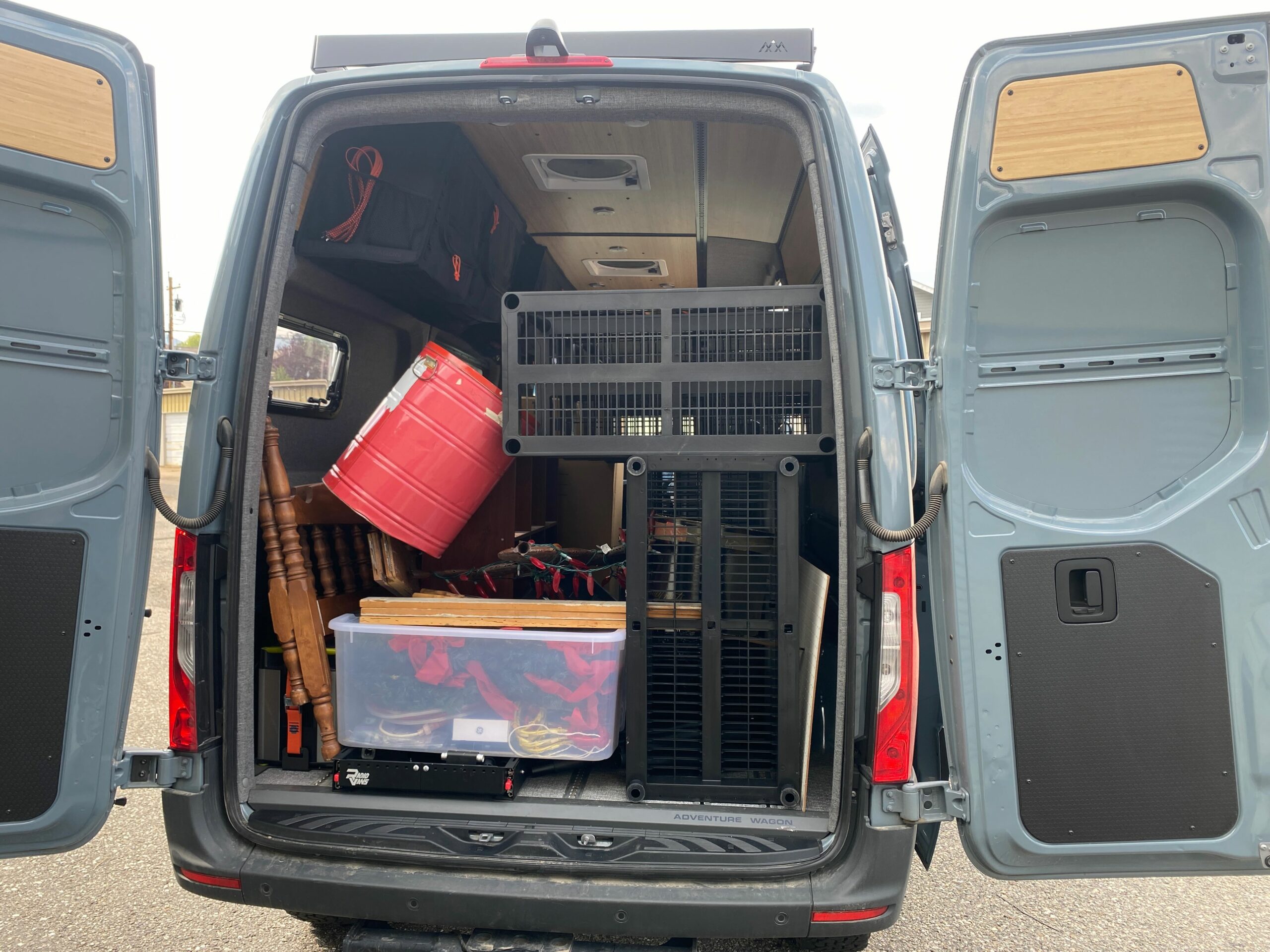
The Adventure Wagon makes a pretty solid moving van, too.
The kitchenette pictured here included a sink with a 12-volt water pump, 4 gallons of fresh water, 4 gallons of grey water storage, cubbies and drawers for storing food and cooking utensils, as well as utility lighting on sliding work surfaces, a Dometic fridge/freezer, and a portable single-burner butane stove. In keeping with Adventure Wagon’s ethos, the unit is fully removable. I saw it in its prototype stage, and even for a test mule, it felt well-screwed together and intuitive to use. AW builds include wall and ceiling insulation, optional floor insulation, and Hushmat sound deadening. A full wiring harness for both power outlets and lighting is also standard.
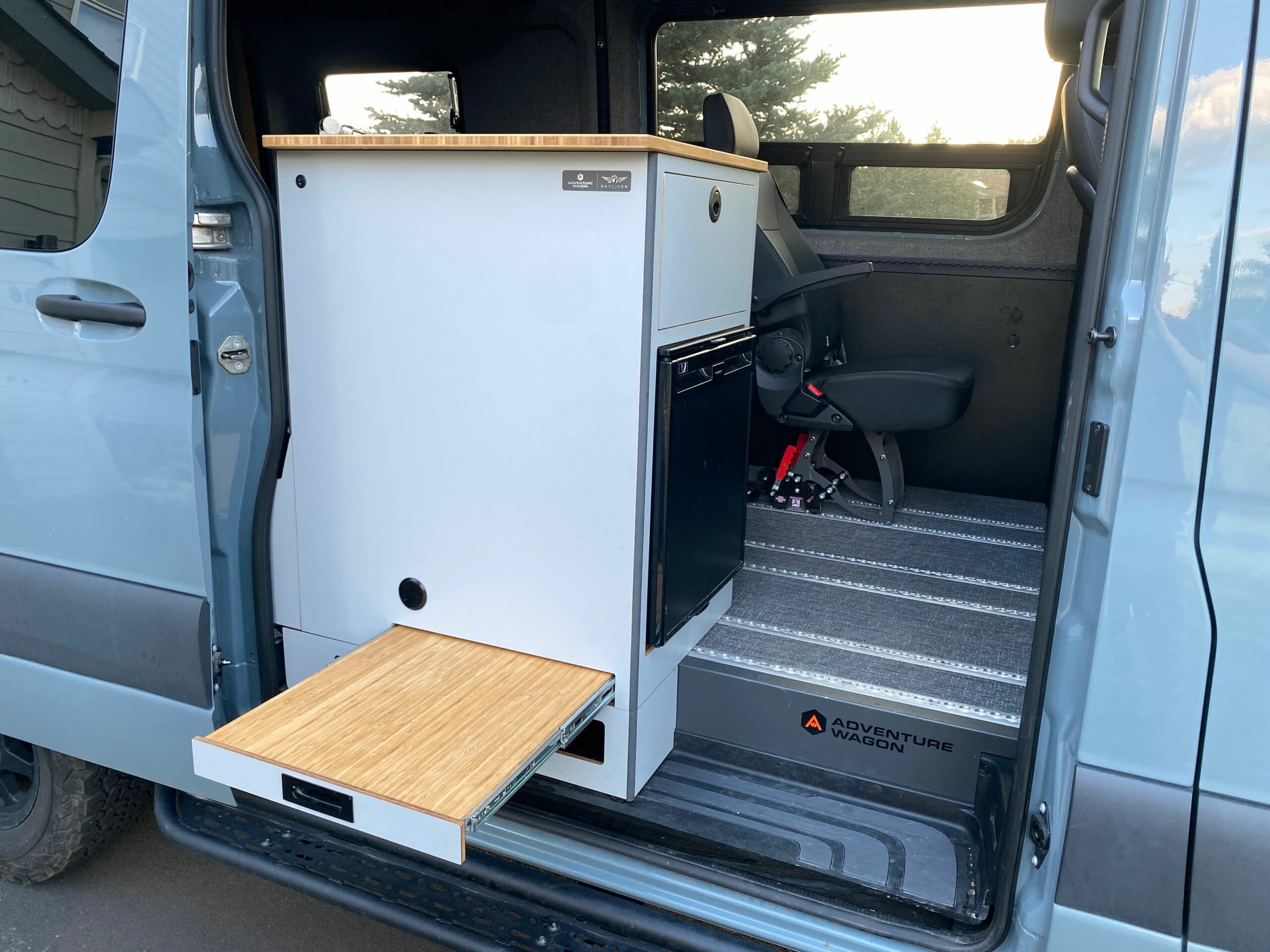
The multi-mode interior lighting proved to be my only grumble. The many LED area lights have lots of useful settings, including a red filter for preserving night vision, but they all had to be turned on and off individually. Without a central panel with a button to go from full blaze to complete darkness, I was forced to switch every lamp on its own, and those proved to be touchy—often necessitating pushing through multiple cycles before finding the mode I wanted. The installation of a master switch could, of course, solve these issues, and the flexibility of the Adventure Wagon system could accommodate that addition.
Adventure Wagon Sprinter camping systems start at $16,000, and the version in my test van rang in at $38,000. These are reasonable price points, given the six-figure van builds we see populating Instagram and the exhibitor areas at Overland Expo. Add in the versatility of Adventure Wagon’s modular approach, their slick online configurator, wide-spread dealer network, and robust owners community, and you have a winning equation.
Read more: Camper Van Essentials
Our No Compromise Clause: We do not accept advertorial content or allow advertising to influence our coverage, and our contributors are guaranteed editorial independence. Overland International may earn a small commission from affiliate links included in this article. We appreciate your support.
